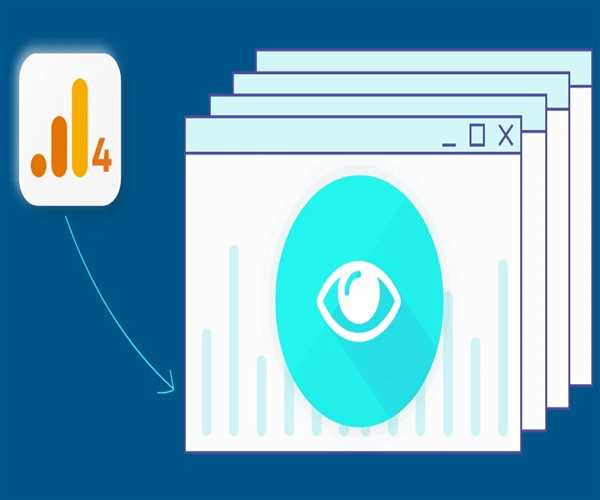In Google Analytics 4 (GA4), a pageview is the total number of times a web page that has been monitored by the platform has been loaded by a user. Each time a user arrives at a new page, or if it is the same page, they are refreshed, and they have another pageview event. GA4's approach is different from Universal Analytics as it is based on the event model, which provides a lot of flexibility and detailed specifics about users’ interactions.
Such metrics are impressive to help website owners and marketers to measure user engagement, find out which pages are most interesting to the users, and, by doing that, to develop a better content strategy for the betterment of the user experience. As you can see, GA4 dramatically revises how one typically approaches pageviews tracking and a range of associated parameters with high accuracy across devices and platforms.
To provide some background information, event-based interactions, which are a feature of GA4, mean that every page load is a different event called _page_view, thereby allowing GA4 to segment the website traffic.
In GA4, the tracking of pageviews is experienced with the following characteristics:

1. Event-Driven Model
Unlike previous versions of Google Analytics, pageviews in GA4 are captured as events, not as sessions. This means website owners are able to get interactions like button clicks, scrolls, or a video play. Compared to Universal Analytics, which gave much weight to session tracking, GA4 is centered on the user’s actions.
For example, if the user is at one page on your website and moves to another page and then, when viewing one of the pages, it reloaded, the count is recorded as two different pageviews.
Explore the differences between GA4 and Universal Analytics.
2. Enhanced Measurement
Using a new Enhanced Measurement feature, engaging items such as the pageviews do not require coding, as GA4 tracks them automatically. This makes tracking easier and affords better analysis of how users actually move through your site. Beyond that, Enhanced Measurement uses scroll depth, outbound clicks, and video engagement.
3. By pageview behavior
In GA4, it is possible to set custom segmentation and tailor it for the corresponding behavior of page views. For example, segments can target users who have visited the specific type of pages, spent more time on the site than average, or visited during a certain time period. Such learnings help in decision-making that results in improving content and website effectiveness.
Why Pageview Tracking Matters
Tracking pageviews in GA4 is critical for the following reasons:
- Content Performance Evaluation: Conducting an analysis of pageview data leads to the identification of top pages and how subsequent successes can be copied all over the place.
- Improved User Experience: Fixed bounces and navigation patterns determine visible improvements in layouts and content structures.
- Optimized Marketing Campaigns: Analysis of the number of page views can be used to inform specific campaigns because information on which landing pages elicit the most interaction is provided.
- Audience Understanding: Personal information correlated with the number of views per page provides more detailed information on preferences and using devices.
Analytics: How GA4 Differs from Universal Analytics in Pageviews
- Data Collection: It is a first-party tracker-type model that has more privacy and better reliability in terms of cookie restrictions.
- Flexibility: GA4 has a new structure for event-based tracking compared to Universal Analytics, which provided a large number of templates.
- Cross-Platform Tracking: GA4 has the advantage of tracking pageviews across apps and websites, providing a single window on the user engagement.

Steps to Analyze Pageviews in GA4
- Go to GA4 and then click on the Reports tab.
- Choose from the Life Cycle > Engagement > Pages and Screens.
- Filters to split pageviews by time, origin, or the type of device the visitor is using can be applied.
- Perform pattern analysis to find where content can or needs to be improved for marketing.
For a step-by-step guide on how to make reports, read this: getting started with Google Analytics.
Best Practices for Optimizing Pageviews
- Create High-Value Content: This way, it is recommended to update the most viewed pages more frequently to keep the visitors’ attention.
- Improve Load Times: Preparing the page to load faster to avoid user abandonment on the site.
- Leverage Internal Links: This is used to link related pages to encourage navigation.
- Focus on Mobile Users: Optimize headers and footers for mobile, because a huge portion of the traffic is from mobile devices.
When entrepreneurs grasp what pageview tracking means in GA4, they can use the tool to make changes to improve the users’ experiences of their websites. Stay ahead in the digital marketing landscape by leveraging GA4 tools.
This article contains actionable insights about pageviews and functionalities of GA4. If this is helpful for you, then do not forget to read more articles on MindStick for a better understanding.




Leave Comment
1 Comments